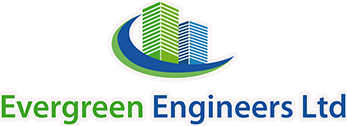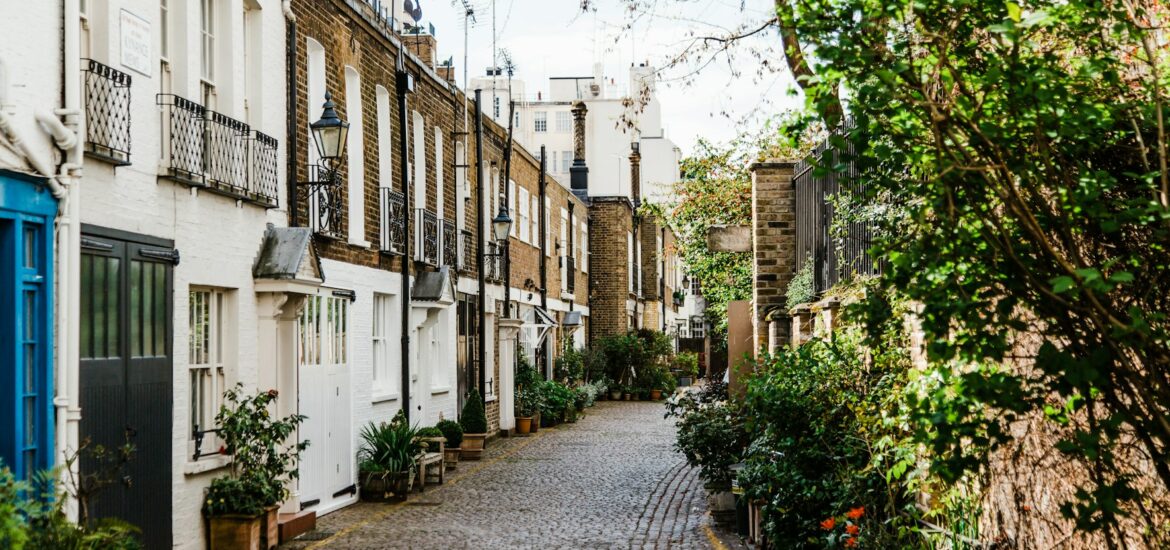Securing a UK visa can be a complex process, requiring various documentation and proof of eligibility. Among these requirements, property inspection reports play a crucial role, particularly for family and settlement visas. These reports ensure that the accommodation for the visa applicant meets the necessary standards set by UK immigration authorities. This blog will explore the importance of property inspection reports in the visa application process, what they entail, and how to obtain one.
Understanding Property Inspection Reports
What is a Property Inspection Report?
A property inspection report, also known as an accommodation report, is a document prepared by a qualified housing inspector or surveyor. It assesses whether the property where the visa applicant will live meets the UK’s housing standards. The report verifies that the property is adequate, safe, and not overcrowded, ensuring it complies with the Housing Act 1985 and the UK Border Agency’s (UKBA) requirements.
Why is it Required?
Property inspection reports are required for certain types of UK visas, particularly family visas such as spouse, fiancée, and dependent visas. The UK government needs to ensure that the applicant will live in a suitable environment, safeguarding public health and preventing overcrowding. A compliant report can significantly influence the success of a visa application by demonstrating that the applicant’s accommodation meets legal and safety standards.
Key Components of a Property Inspection Report
A thorough property inspection report should cover several critical aspects, including:
1. Property Details
The report begins with basic information about the property, including its address, type (house, apartment, etc.), and the number of rooms. It should also state the names of the occupants and the visa applicant.
2. Condition of the Property
The inspector evaluates the general condition of the property, checking for any structural issues, dampness, mold, and necessary repairs. The property should be in a good state of repair, ensuring a safe and healthy living environment.
3. Size and Occupancy
The report assesses the size of each room and the overall layout of the property. It ensures that the property is not overcrowded, complying with the Housing Act 1985, which defines statutory overcrowding standards. The number of people living in the property should be appropriate for its size to prevent health and safety hazards.
4. Safety and Amenities
The inspection includes a check of essential safety features such as smoke alarms, carbon monoxide detectors, and fire exits. Additionally, it verifies the presence and condition of basic amenities like kitchen facilities, bathrooms, heating, and ventilation.
5. Compliance with Immigration Requirements
The report explicitly states that the property complies with the UKBA’s requirements for immigration purposes. This declaration is crucial for the visa application process, as it assures the authorities that the applicant will live in a suitable environment.
How to Obtain a Property Inspection Report
Choosing a Qualified Inspector
To obtain a valid property inspection report, it is essential to hire a qualified housing inspector or surveyor. Look for professionals who are members of recognized bodies such as the Royal Institution of Chartered Surveyors (RICS) or the Chartered Institute of Environmental Health (CIEH). They should have experience in conducting property inspections for immigration purposes.
Scheduling the Inspection
Once you have selected a qualified inspector, schedule an inspection at a convenient time. Ensure that all areas of the property are accessible for the inspection. The inspector will need to examine each room, including bedrooms, living areas, kitchens, and bathrooms.
Preparing for the Inspection
Before the inspection, it is advisable to tidy up the property and address any obvious repair needs. Ensure that safety features such as smoke alarms and carbon monoxide detectors are functional. This preparation can help present the property in the best possible light and avoid delays in obtaining the report.
Receiving the Report
After the inspection, the inspector will prepare a detailed report, typically within a few days. Review the report to ensure that all information is accurate and that the property meets the required standards. If any issues are identified, address them promptly to ensure compliance.
The Impact of Property Inspection Reports on Visa Applications
Supporting Documentation
A property inspection report is a vital piece of supporting documentation for visa applications. It demonstrates to the UK immigration authorities that the applicant will live in a suitable and safe environment. This assurance is particularly important for family visas, as it affects the well-being of the applicant and their family members.
Avoiding Delays and Rejections
Failing to provide a compliant property inspection report can lead to delays or rejections of visa applications. The UKBA may request additional information or clarification, prolonging the process and causing unnecessary stress. By obtaining a thorough and accurate report, applicants can avoid these pitfalls and improve their chances of a smooth application process.
Peace of Mind
For both the visa sponsor and the applicant, having a property inspection report provides peace of mind. It confirms that the living arrangements meet legal standards, ensuring a safe and comfortable environment. This assurance can make the transition to life in the UK smoother and more enjoyable.
Common Questions About Property Inspection Reports
How Long is a Property Inspection Report Valid?
Property inspection reports are generally valid for 12 weeks (3 months) from the date of inspection. If there is a delay in submitting your visa application, you may need to obtain an updated report to ensure compliance with immigration requirements.
Can I Use a Previous Property Inspection Report?
Each visa application typically requires a new property inspection report. Even if you have recently submitted a report for a different purpose, you will need to obtain a new one to ensure it reflects the current condition and occupancy of the property.
What if the Property Fails the Inspection?
If the property fails the inspection, the report will outline the issues that need to be addressed. It is essential to rectify these problems promptly and schedule a re-inspection. Common reasons for failing an inspection include overcrowding, lack of safety features, and poor property condition.
How Much Does a Property Inspection Report Cost?
The cost of a property inspection report varies depending on the location and the inspector’s fees. On average, you can expect to pay between £75 and £150 for a comprehensive report. It is advisable to obtain quotes from multiple inspectors to ensure you receive a fair price.
Conclusion
Property inspection reports are a critical component of securing a UK visa, especially for family and settlement visas. These reports ensure that the accommodation meets the UK’s housing standards, providing a safe and suitable living environment for the visa applicant. By understanding the importance of these reports and following the steps to obtain one, you can enhance your chances of a successful visa application and a smooth transition to life in the UK.
Ensuring your property complies with all necessary standards not only facilitates the visa process but also contributes to the well-being and comfort of your loved ones. Taking the time to obtain a thorough and accurate property inspection report is a valuable investment in your future in the UK.
For more information you can contact us or call us at 07500242494 / 020 3129 5156.




